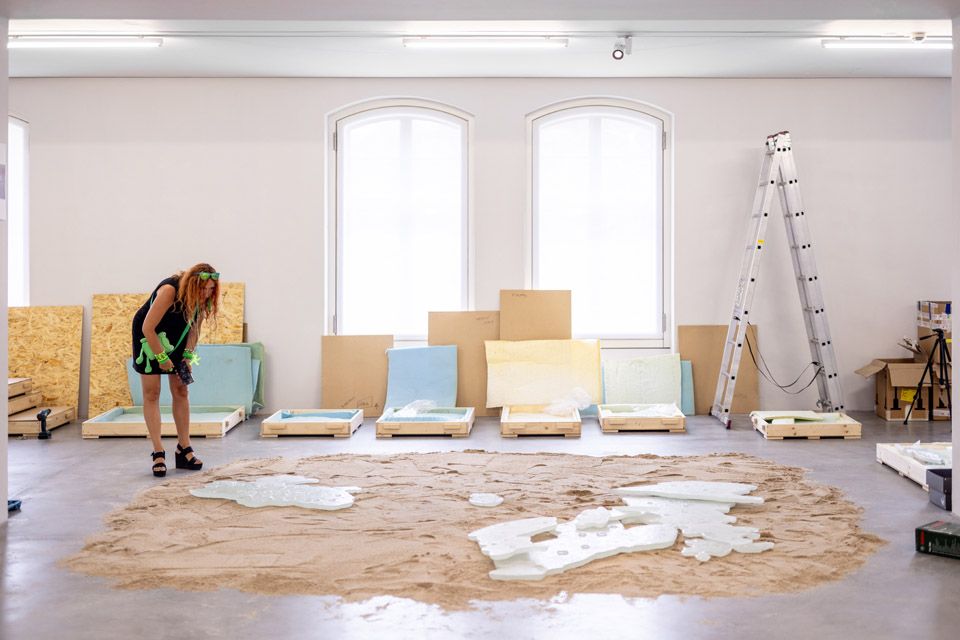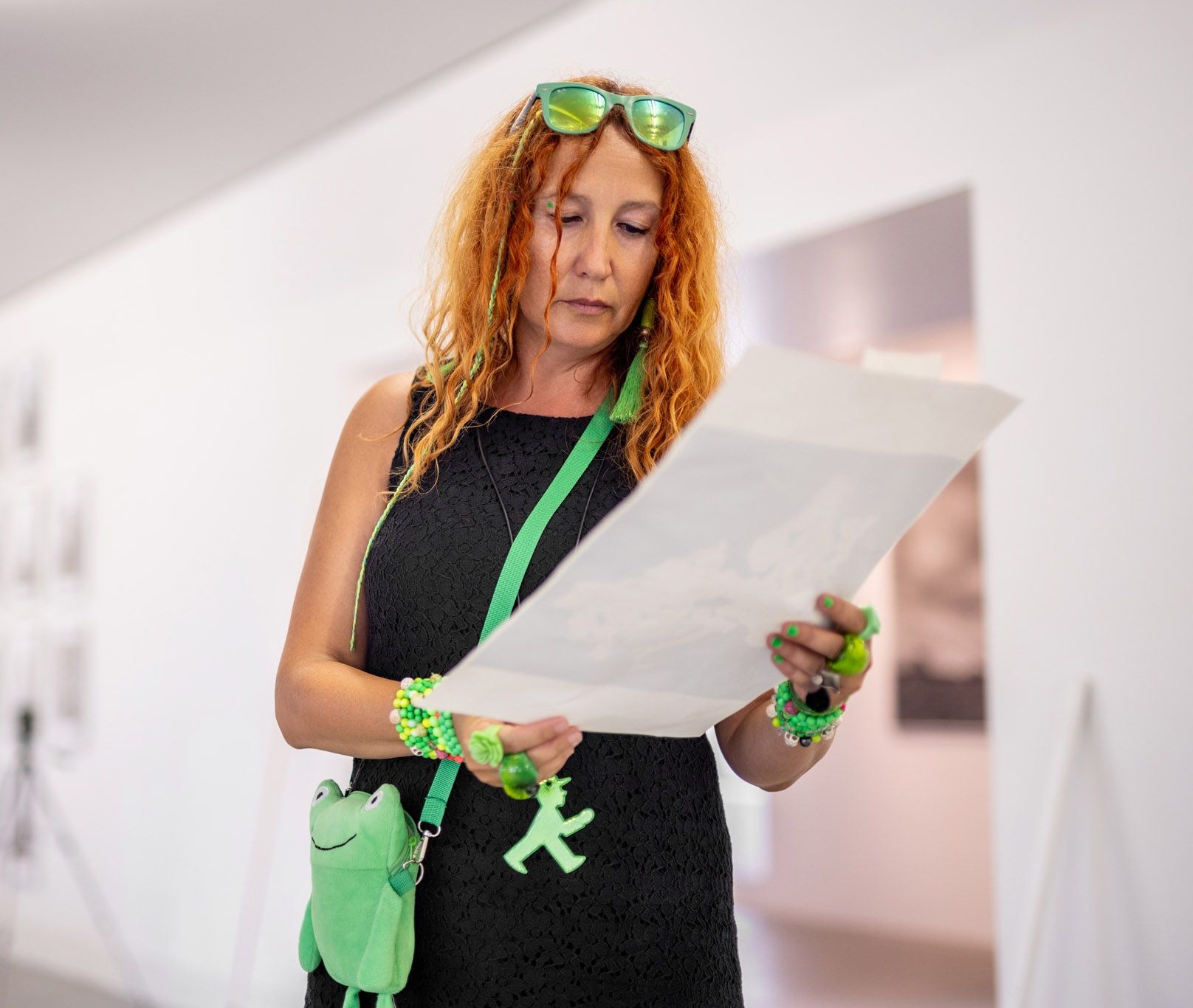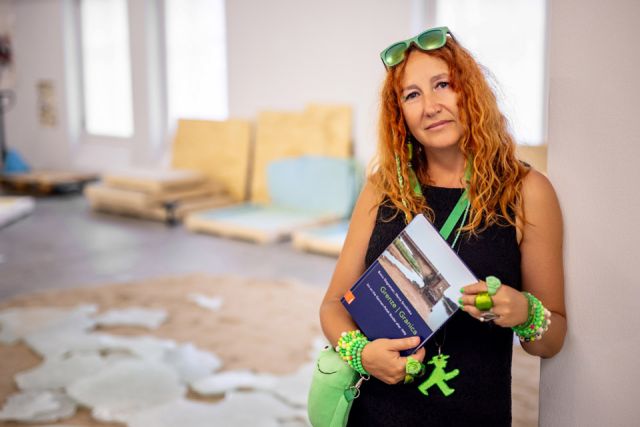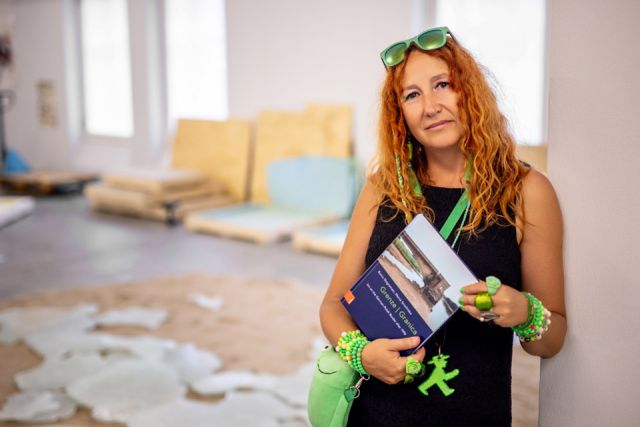Principal Investigator
:
prof. Marta Smolińska
Magdalena Abakanowicz Univeristy of the Arts
Panel: HS2
Funding scheme
: OPUS 16
announced on
14 September 2018
The purpose of the project was to analyse and interpret art and curatorial activities associated with the Polish-German border after 1990, the year in which the Republic of Poland and the Federal Republic of Germany signed a treaty to confirm their existing border on the Oder and the Lusatian Neisse. This research, which involved travelling along the Polish-German border and searching through multiple libraries and archives, was informed by the context of border art (a subdomain of contemporary art specifically focused on borderlands, not associated with any single medium) and the mutual cultural policy of Poland and Germany in the period in question. The primary goal was to create a database and typology of art and curatorial projects developed along the border and addressing the border as a subject after 1990. To date, these projects have not yet been analysed in the context of either German or Polish art history. Another objective was to study the image of Polish-German relations that these projects convey. And lastly, we aimed to develop a new research methodology that could be applied to the interpretation of art and curatorial activities in other borderland areas worldwide. Its main feature would have to be trans-disciplinarity, since art that takes the border as its subject is always entangled in various social, political and historical contexts.
 prof. Marta Smolińska, photo Łukasz Bera
Our research analysed the borderland as a touchstone for Polish-German relations, while the border was understood as an artificial political construct rather than a natural dividing line, even if it had been traced along a river.
prof. Marta Smolińska, photo Łukasz Bera
Our research analysed the borderland as a touchstone for Polish-German relations, while the border was understood as an artificial political construct rather than a natural dividing line, even if it had been traced along a river.
As a result, the project allowed us to look at Polish-German cultural relations as reflected by the mirror of contemporary art, showing how differently the two countries have built their historical narrative. In this context, the dual meaning of the Polish word “dzielenie” (understood as separation, but also shared ownership/experience) and the perception of the borderland as a sphere of constant transformation served as a springboard for a debate on the Polish-German borderland area.
The results of the project and the publications that have followed, especially an extensive and richly illustrated academic monograph entitled “Grenze/Granica. Art on the German-Polish Border after 1990”, written together with Burcu Dogramaci, has filled an important gap in the state of research on border art in Europe. They represent both a detailed case study and a more general interrogation of border art in the context of a completely novel methodological model.
The following typology of Polish-German border art was proposed, each discussed in a separate chapter of our monograph:
 prof. Marta Smolińska, photo Łukasz Bera
prof. Marta Smolińska, photo Łukasz Bera
- art that focuses on the Oder and the Lusatian Neisse as the border rivers,
- art that deals with ruins and vestiges in relation to future-oriented narratives,
- art that maps out the Polish-German border and artistic journeys the borderland area,
- art that deals with border-crossing, migration, seasonal work and migrating languages,
- art that embodies memory in relation to postwar border narratives,
- art and activities that queer the border, focusing on issues such as sex work, abortion tourism by Polish women in Germany, and the stereotypes that result from the male-centric symbolism of the oak and its meaning for both nations.
This typology allowed us to classify border art and curatorial strategies developed on, about and against the Polish-German border in the social and historical context and the changing cultural policies of the two countries after 1990. Our analysis of individual artworks was also informed by current Polish-German relations (e.g. Poland’s accession to the EU or the political tensions around the Oder poisoning crisis in the summer of 2023, which has also been addressed by art). Border art turned out to be a sensitive touchstone for political and cultural relations between the two neighbours, registering a number of important changes over the three decades that have elapsed since 1990.
Full project title: “Pogranicze jako transition space. Strategie artystyczne i kuratorskie wobec granicy polsko-niemieckiej w kontekście polityki kulturalnej obu krajów oraz border art (1989-2019)” [“Borderland as transition space. Art and curatorial activities on the Polish-German border in the context of border art and the cultural policy of the two countries (1989-2019)”]
Project title: The Borderland as Transition Space. Artistic and Curatorial Strategies on the Polish-German Border in the Context of Foreign Cultural Policies and border art (1989-2019)
prof. Marta Smolińska
Prof. Dr hab. Marta Smolińska is a historian, art historian, curator and lecturer at the University of Fine Arts in Poznań. She has won many Polish and international grants and scholarships and written many books and monographs on art history. Together with Dr M. Steinkamp and Dr J. Jäger, she has curated an exhibition of the collections of the Neue Nationalgalerie in Berlin: “Extreme Tension. Art between Politics and Society. Collection of the Nationalgalerie 1945 – 2000”. She is interested in issues such as hapticity, transmediality, opacity, art about art and curatorial strategies.


